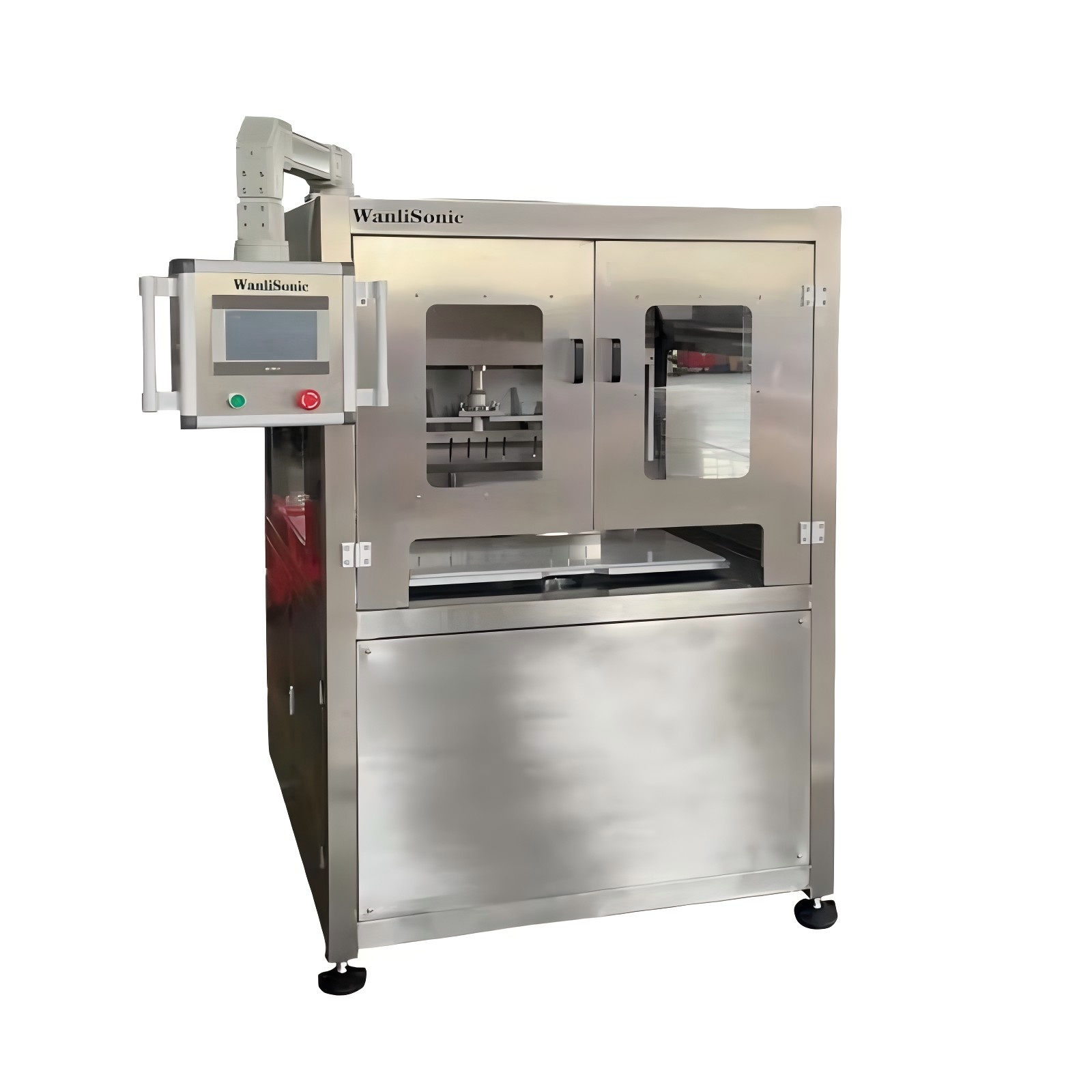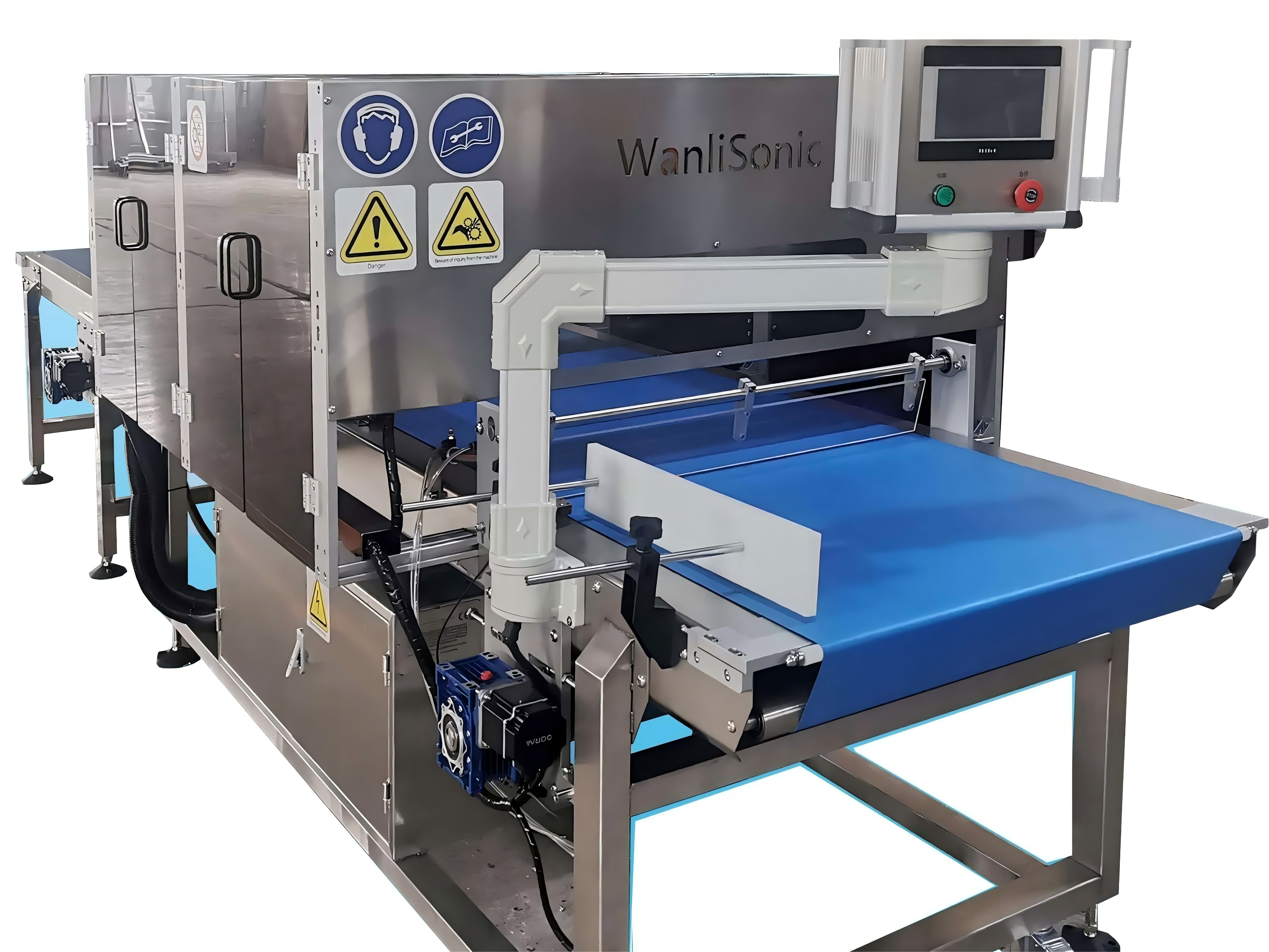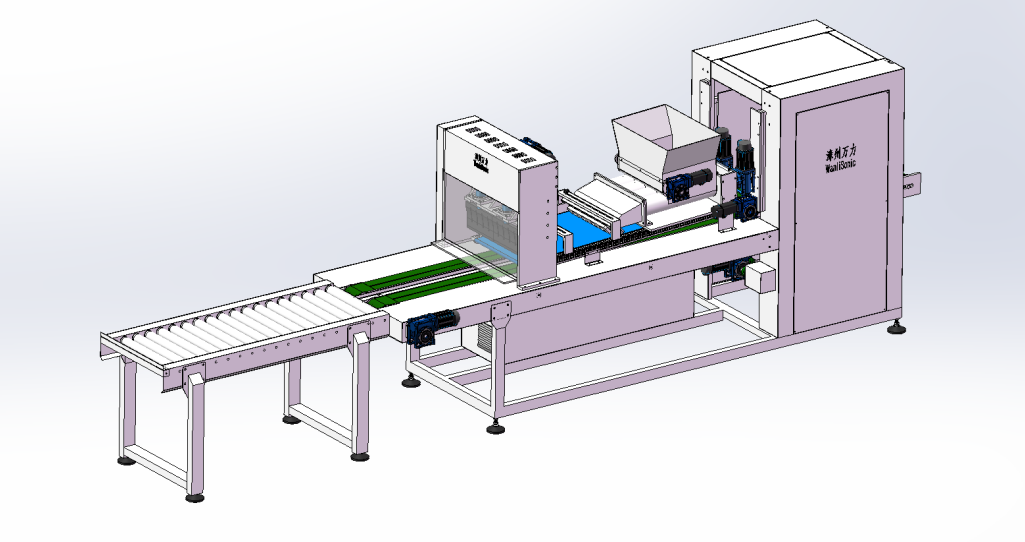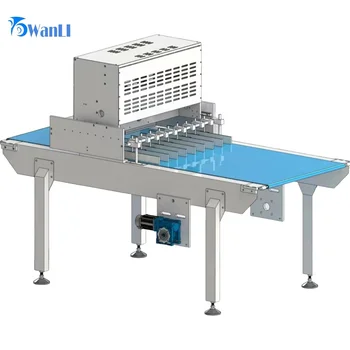Cake Depositor Machine
In the world of baking, where precision meets creativity and efficiency is key to success, the introduction of the cake depositor machine has marked a significant milestone. This innovative technology has not only streamlined the production process but also elevated the quality and consistency of cakes, cupcakes, and other baked goods, transforming the bakery industry from within. Today, let’s delve into the intricacies of the cake depositor machine, exploring its workings, benefits, challenges faced, and the future it heralds for the sweet tooth’s paradise.
Introduction: The Need for Automation in Baking
Baking is an art form that has been passed down through generations, blending science and creativity to create delicious treats. However, as consumer demand for bakery products soared, traditional methods of hand-filling and decorating cakes became increasingly inefficient and prone to human error. This gave rise to the necessity for automation, and the cake depositor machine emerged as a game-changer.
Designed to automate the process of depositing cake batter, icing, or fillings into molds or onto baked goods, these machines have revolutionized the speed and accuracy of bakery production lines. By eliminating the need for manual labor in this tedious and time-consuming task, bakers can focus on more creative aspects of their craft, while ensuring a consistent product output that meets the highest quality standards.
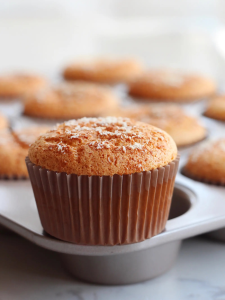
The Mechanics of a Cake Depositor Machine
At its core, a cake depositor machine operates on a simple yet highly sophisticated principle. It typically comprises a hopper where the raw material (be it cake batter, icing, or any other filling) is loaded. This material is then fed through a precision-engineered dispensing system, which controls the amount and flow rate of the material being deposited.
The dispensing mechanism can vary depending on the model and manufacturer, but most modern cake depositor machine employ pneumatic or servo-driven systems for precise control. These systems allow for fine-tuning of the deposition process, enabling bakers to achieve the desired shape, size, and texture of their baked goods.
The machine is equipped with a movable arm or nozzle that is guided by a pre-programmed path or by an operator’s input. This allows for flexibility in depositing patterns, whether it’s a simple circular shape for cupcakes or intricate designs for layered cakes. Additionally, some advanced models incorporate vision systems or sensors to ensure precise placement and consistent results, even at high speeds.
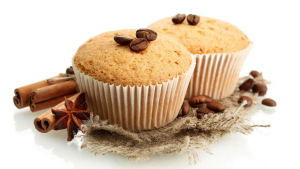
Benefits of Using a Cake Depositor Machine
- Increased Efficiency and Productivity: By automating the deposition process, bakers can significantly reduce production time and increase output. This translates into higher profitability for bakeries and the ability to meet growing market demands.
- Enhanced Product Consistency: The precision of cake depositor machineensures that every cake or cupcake is filled to the exact same specifications, leading to uniform appearance and taste across the entire batch.
- Reduced Labor Costs: With less reliance on manual labor, bakeries can save on hiring and training costs, while also minimizing the risk of errors or inconsistencies caused by human factors.
- Improved Workplace Safety: Automating hazardous or repetitive tasks like handling hot batter or precise filling reduces the risk of workplace injuries, creating a safer environment for employees.
- Greater Flexibility and Creativity: While automating the deposition process, bakers are freed up to experiment with new flavors, designs, and fillings, fostering innovation and creativity in the bakery industry.

Challenges and Considerations
Despite its numerous advantages, the adoption of cake depositor machine also comes with its fair share of challenges and considerations.
- Initial Investment: High upfront costs can be a barrier for smaller bakeries or startups looking to automate their production lines.
- Maintenance and Training: Regular maintenance and proper training of staff are crucial for ensuring optimal performance and minimizing downtime. This requires a commitment of resources and time.
- Customization and Adaptability: While many machines offer a degree of customization, some unique or specialized recipes may require modifications or additional equipment to achieve desired results.
- Technical Support and After-Sales Service: Reliable technical support and timely after-sales service are essential for ensuring smooth operation and addressing any issues that may arise.
Future Outlook
As technology continues to advance, the cake depositor machine is poised to become even more sophisticated and versatile. We can expect to see increased integration with automation systems, such as robotic arms and AI-driven quality control, further streamlining production processes and enhancing product quality.
Moreover, with growing consumer demand for personalized and customizable baked goods, the industry is likely to see the development of more flexible and adaptable cake depositor machine that can handle a wider range of recipes and designs. This will enable bakeries to cater to niche markets and stay ahead of the competition.
Finally, sustainability and environmental consciousness are becoming increasingly important in the food industry. Future cake depositor machine may incorporate features that reduce waste, conserve energy, and promote the use of eco-friendly materials, aligning with the global push towards green manufacturing practices.
Conclusion
In conclusion, the cake depositor machine represents a major leap forward for the bakery industry. By automating the deposition process, it has revolutionized production lines, enhancing efficiency, consistency, and creativity. While initial investment and ongoing maintenance present challenges, the long-term benefits of increased productivity, reduced labor costs, and improved workplace safety far outweigh these considerations. As technology evolves, we can expect to see even more innovative and sophisticated cake depositor machine that will continue to shape the future of baking.

